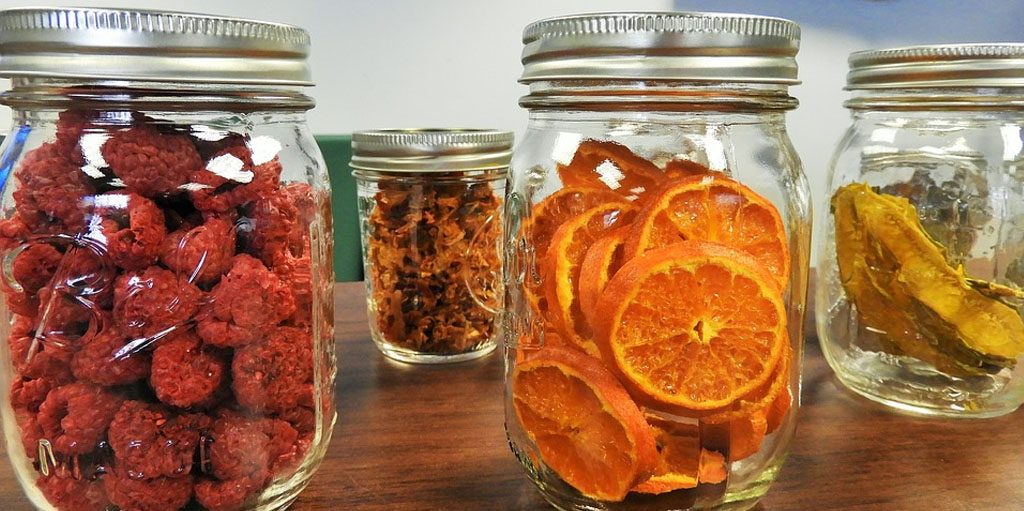
Building up a food supply isn’t about emptying grocery store shelves. It’s about buying prudently and purchasing food items that will stand the test of time.
MoneyTalksNews’ Alex Valdes lists a slew of food that are are best to keep in the pantry and freezer “in case of a natural disaster, zombie apocalypse or pandemic that drags on for more than a couple of weeks.”
The first is oats, a prolific cereal grain, and a staple of many American breakfast tables can last up to 30 years, according to the Utah State University Extension. “Store oats in airtight containers in a cool, dark, dry place. To maximize shelf life, use oxygen absorber packets.”
Did you know that white rice has a shelf life of 25 to 30 years when properly stored? Store this grain at 40 degrees Fahrenheit or lower. The best container is one that is sealed and oxygen-free.
Now here’s a treat. Un-popped popcorn kernels can last up to 2 years at room temperature, according to the Institute of Agriculture and Natural Resources at the University of Nebraska-Lincoln. And another treat — dark chocolate! It lasts the same amount of time if properly stored (in tightly sealed containers in a dry location at a temperature of 65 to 70 degrees). “Do not refrigerate it, because the sugar can rise to the surface and give the chocolate a whitish appearance,” says Valdes.
Honey is also a long-lasting staple, according to the National Honey Board. A 2-year shelf life is standard. The trade group adds: “Honey stored in sealed containers can remain stable for decades and even centuries! However, honey is susceptible to physical and chemical changes during storage; it tends to darken and lose its aroma and flavor or crystallize. These are temperature-dependent processes, making the shelf life of honey difficult to define.”
Any camper or military participant will tell you the value of powdered milk. Valdes says that according to the U.S. Department of Agriculture’s FoodKeeper storage guide, powdered milk can last three to five years — but keeps only three months once the package has been opened. Keep it at cool temperatures in a dark location.
Ah those legumes! Did you know that dried beans and lentils have a shelf life of up to TEN YEARS or more when stored properly? They may not retain their vitamin content, but they will still be edible and fill a space in your stomach if needed. “The best method of storage is to use No, 10 or Mylar-type bags with the oxygen removed, and keep the beans at a colder temperature,” says Valdes.
The list also includes low-moisture, hard cheeses and canned foods (of course). But take special note of some red flags when buying canned items, such as rusty, dented, scratched, or bulging cans. Frozen food that’s been in your freezer for years might not taste amazing, but it’s perfectly safe and likely still nutritious — assuming your freezer has been kept at 0 degrees Fahrenheit or colder. Says Valdes, “According to the U.S. Department of Agriculture, foods frozen at that temperature remain safe almost indefinitely, and freezer storage has little to no effect on food nutrient value. Quality is a different matter, but the USDA has a handy storage chart showing how long different frozen foods maintain their quality.”
Sources: TBWS
